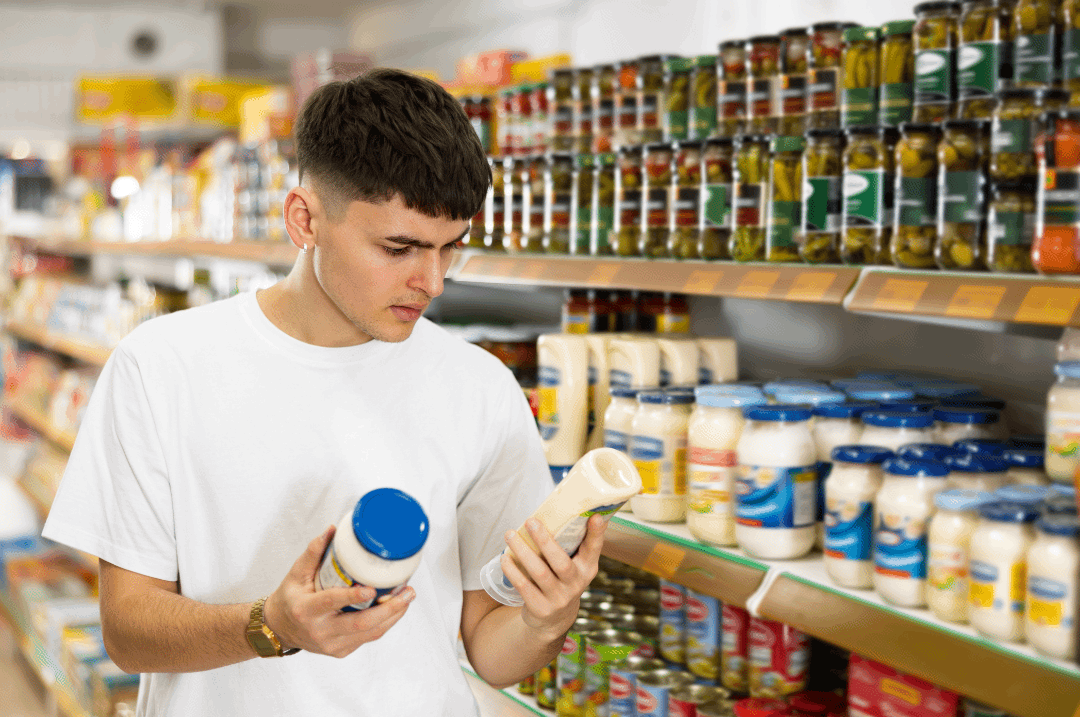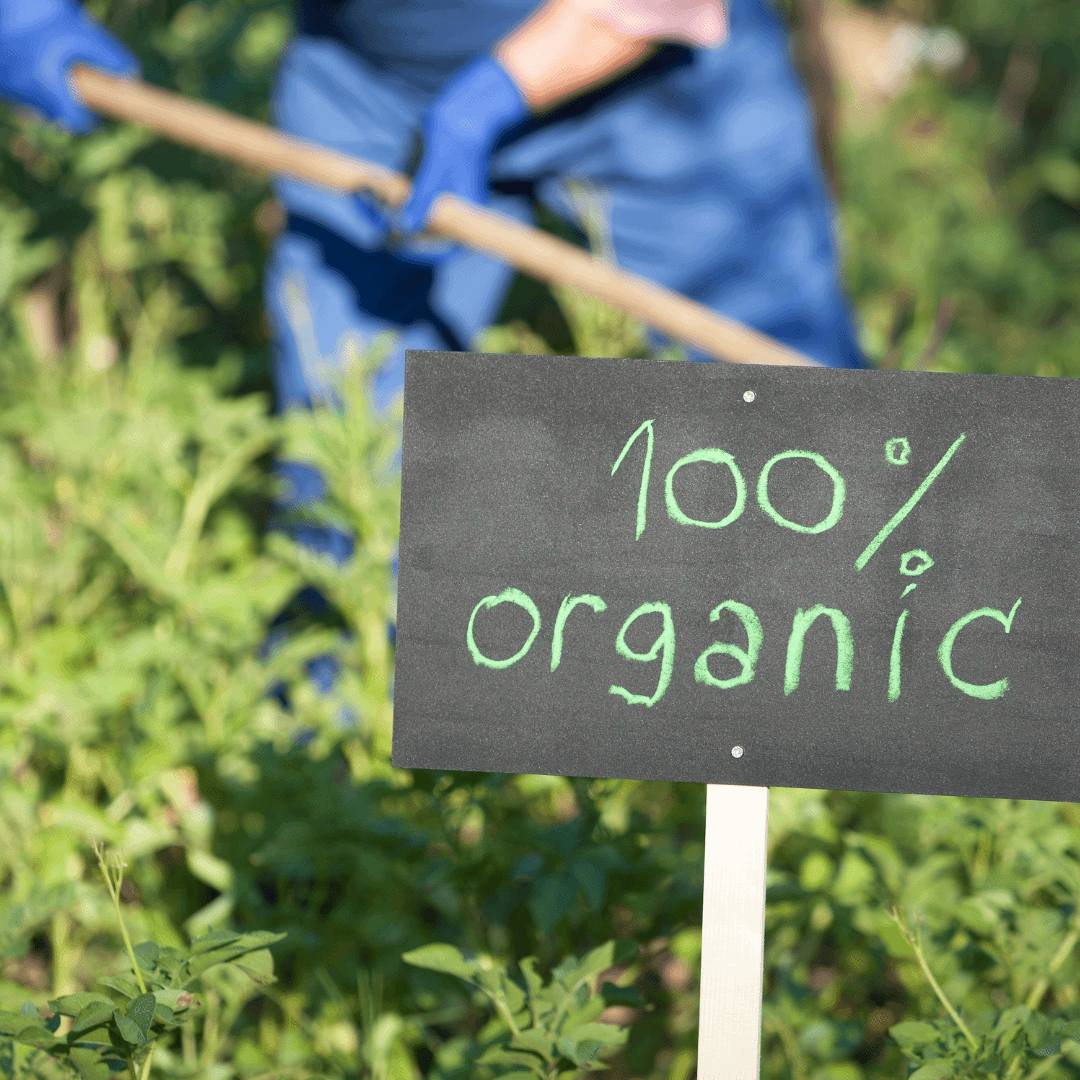The CPG market continues to show gradual but steady growth, standing at a CAGR of 1.34% from 2024 to 2028, and valuing at approximately $821.50 billion in 2024.
But as more companies wish to get their share of CPG brand profitability, the CPG environment continues to become over-saturated. This then emphasizes the importance of standing out from thousands of CPG food companies through exceptional branding.
In this article, we’ll summarize the key insights from Vdriven’s masterclass, “Building your Brand from a Strong Foundation”. We’ll cover the discussion of industry experts present in the masterclass, providing a comprehensive overview of brand development, packaging design, and the benefits of working with agencies with extensive CPG industry experience.
Understanding the Branding Process
Branding is about crafting perceptions and building trust. Strong brands create emotional connections with consumers. A brand that resonates well with its target audience can create loyalists who will not only patronize the brand, but will also advocate for it.
To effectively build a brand that can connect with your target audience, one must go through the branding process, which can be completed within 3 to 6 months:
- Discovery phase (~1 month) - This is the time when you or the agency that you’re working with explores all aspects of your brand and the outside factors that can potentially influence CPG growth, sales, opportunities.
- Naming (if needed; 2 to 4 weeks) - Involves creating the name for your brand and doing trademark search.
- Brand identity (~1 month) - Involves the creation of core components, including a logo, fonts, colors, design elements. Working together, these elements can create the brand’s overall vibe and feeling.
- Package design (~1 month) - Packaging is the “hardest working asset” of a brand and is important even for DTC/online-only brands. This design should reflect the brand platform and positioning, and must put production capabilities into consideration.
Brand Platform: An Important Foundational Document
The brand platform is a foundational document that synthesizes the findings about the brand from the discovery phase. It’s primarily an internal document that defines differentiation and helps narrow down messaging and be deliberate about communication. It can serve as a decision-making tool for business opportunities and product development, and is useful for onboarding new employees and agency partners.
Working With Branding Agencies
With the wide variety of AI tools available that one can use for branding, it’s easy to think that one can do branding on your own. While this may hold true for a while, this might limit your brand’s potential.
For one, while AI can make brand assets, the results might be uninspired and not connect with your audience. Outside perspective is also valuable, as founders are often too close to see objectively.
When to Engage a Branding Agency
For the best results, it’s best to engage a branding agency as early as possible, ideally early in the product development process. This helps the branding agency provide you with hands-on guidance throughout the process, and also allows them to get a better understanding of your product, which can further enhance your branding. Consider employing them for strategy, even if execution is done in-house.
How to Choose a Branding Agency
Good agencies work collaboratively and reflect who you are as a brand, so chemistry and trust may be key to selecting the right agency partner. So, it’s you who could best know which branding agency can bring out your brand’s maximum potential.
Still, try to keep these in mind when choosing who to work with:
- Budget - Consider the budget you’re willing to spend. Agencies range widely in pricing and team size, and the best agencies are those that can provide you with what you need while still within your budget.
- Expertise - Look for agency partners that can help you throughout the branding process, not just focusing on specific areas of branding, like design.
- Personal Connection - Personal connection is important as the branding process can get tense.
Deciding When to Rebrand
As discussed by Casey Harshman, the best time to rebrand is before “a retailer is pulling you off the shelf or a retailer is challenging you to say your velocities aren’t hitting the mark.” It can already be too late when you only follow these market signals, which are explicit indicators that you should already rebrand.
Here are some better indicators that can help you decide that it’s already time to do a rebrand:
- Competitive Pressure - Watch out on how well your competitors are doing. When your competitors are starting to “steal your thunder”, then it might be time to consider rebranding.
- Communication Issues - If your packaging has problems with communication hierarchy, wayfinding, or brand blocking, it might be time for at least a packaging refresh.
- Brand Evolution - Rebranding can also reflect internal and external changes to your brand. Consider rebranding when your business grows or marketing conditions change.
And when you actually do a rebrand, make sure to bring your loyal customers along, especially when they love your brand, as your brand and packaging evolve. Most importantly, as Casey Harshman puts it, “Whatever we come up with has to be better than what you have.”
Reconciling Customer Feedback and Buyer Criticism
The first step in reconciling customer feedback and buyer criticism is to respect the perspectives of both the customer and the buyer. Understand that loyal customers have already formed an emotional connection with your brand, while buyers have their own needs and category goals that they want to achieve.
The goal is to answer the challenges of what that buyer is kind of asking you to achieve, but through the lens of you as your brand. So, when balancing brand identity and commercial needs, the key is finding solutions that:
- Address the buyer’s concerns
- Maintain your brand identity
- Stay anchored to who you are as a brand
Drive CPG Growth With Expert Branding With VDriven
Establishing a strong branding is important for CPG food companies to stand out and thrive in an increasingly competitive CPG environment. And while you can establish a strong branding on your own, it’s still best to work with professional branding agencies to receive comprehensive guidance on CPG brand management strategies that can truly resonate with consumers.
As a leading food & beverage consultant, Vdriven is a reputable branding agency with a known track record of effectively driving CPG growth. Our years of CPG industry experience made us a reliable ally to known CPG food companies, consistently supporting them towards success.
Reach out to us today for a consultation and to learn more about how we can work together in driving success for your CPG brand.
Luke Abbott
Luke is a Senior executive, consultant, and entrepreneur with experience in raising capital, accounting, CEO coaching, and retail domination best practices. As the President of Monterrey Provisions, he scaled and grew the company from $32M to $250M+ in revenue, and launched 3 startups along the way. His academic contributions as a Professor of Supply Chain at the University of San Diego have enriched his students with practical insights, preparing them as future business leaders. Currently, as CEO and Coach at Vdriven, Luke helps emerging brands in all aspects of retail.






